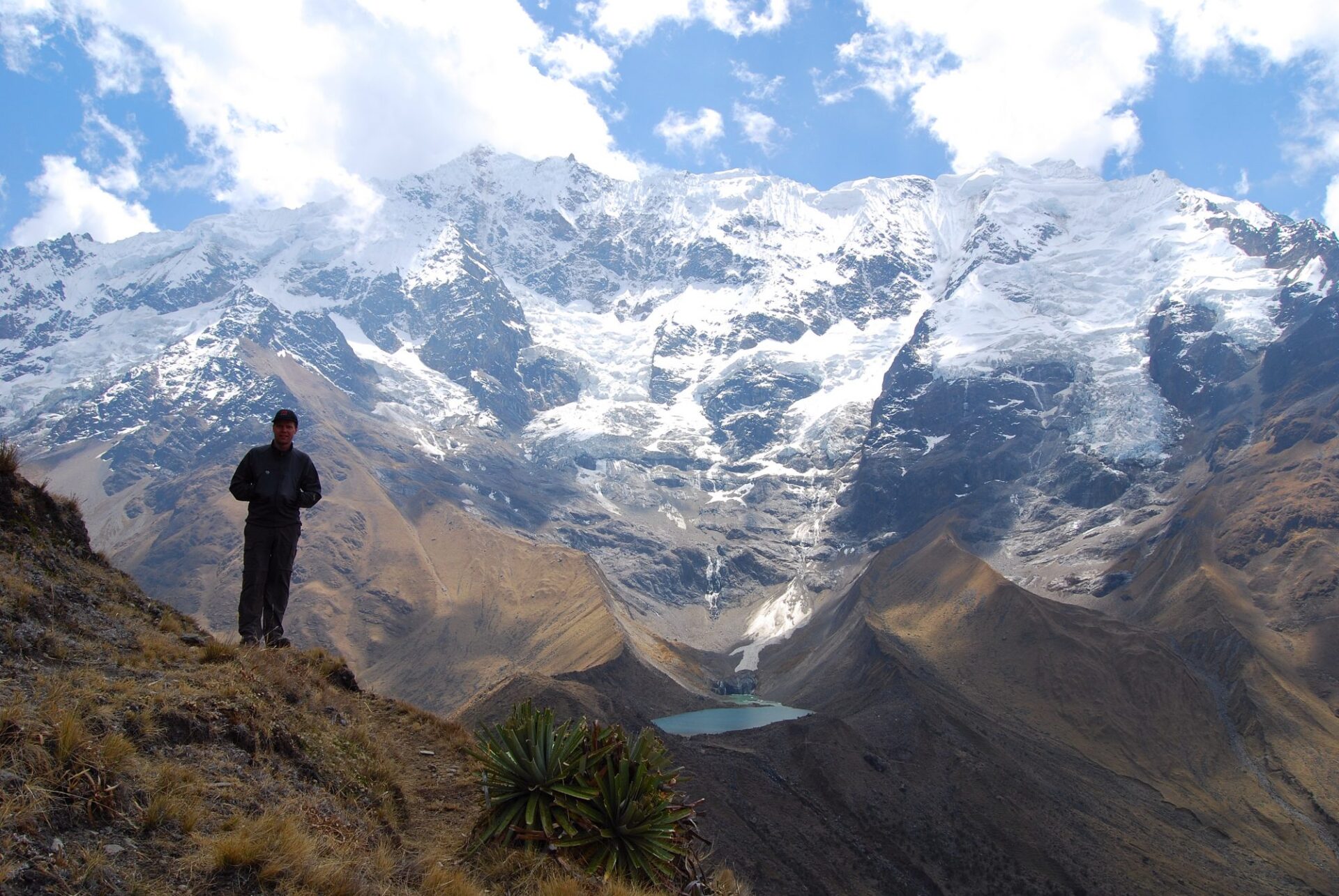
Choquequirao 5-day Trek To Inca Ruins
Take on the Choquequirao trek, an awe-inspiring hike to one of Peru’s hidden Inca gems.
Few walkers take this Choquequirao tour to a dazzling Inca city, the ‘new’ and hidden Machu Picchu.
Live the explorer’s dream by hiking through deserted tracks to this Inca site that was covered by dense forest for many years.
Only now are Choquequirao’s treasures being revealed to trekkers keen to explore not only the ruins but also the spirituality of this special site.
More on Choquequirao trek
The dramatically situated ruins, according to the historians, were the refuge for the last Inca rebels of Vilcabamba.
To reach them, we pass through a range of vegetation types and temperatures, with a variety of views to match.
Because the only way to get to the ruins is by foot, if we are lucky, we will be the only people visiting Choquequirao’s ruins, which are still being uncovered.
We offer this 5-day tour plus a longer trek which takes you through Choquequirao and all the way to Machu Picchu – incredible!
More on Choquequirao tour
Choquequirao, a Quechua name meaning “Cradle of Gold”, formed part of the complex system of Andean towns in the Vilcabamba Valley.
In the time of the Incas, it was united and in communication with Machu Picchu by a complex network of trails.
The ruins are dramatically situated on the spur of the mountain range of Salkantay at 3,035m/9,957ft. It is surrounded by the snow capped peaks of Yanama, Ampay, Choquetacarpo, Pumasillo and Panta.
This is an archaeological site not to miss, especially if you want to see amazing Inca ruins while staying away from the group tours at Machu Picchu.
Trip Highlights
Print Share Download as PDF-
Incredible hike on deserted tracks to ruins almost no one has visited.
-
Release your inner explorer and feel the spirituality of remote Choquequirao, far from the crowds at Machu Picchu.
-
Fully supported hike with expert guides who will deepen your understanding of the importance of Choquequirao.
-
Wonderful Andean views of ice-clad mountains and green valleys.
Choquequirao was fabulous, remote , a real sense of achievement having trekked in, the guide was really informative and there was a spiritual feel to it.
P. Conlen, Choquequirao trek
Full Itinerary
Day 1: Cusco - Cachora - Capuliyoc - Chiquisca, camp (B, L, D)
We pick you up from your hotel early and depart Cusco. Our private vehicle will take us to the picturesque town of Cachora, where we will stop for breakfast, before continuing on the to Capuliyoc (2,890 m / 9,482 ). Here we meet the cooks and muleteers, who will accompany us on our trek.
After going over the trek details we set off on foot through the Apurimac Canyon, zigzagging downhill for around three hours to Chiquisca (1,900 m / 6,234 ), a tropical hamlet full of fruit fields in the midst of arid mountains. Along the way we will have views of Padreyoc and Qoriwayrachina mountains and, if we’re lucky, spot a majestic condor
We’ll have dinner and camp tonight at Chiquisca.
Difficulty: Moderate
Walking Distance: 13 km / 8.08 mi
Camp altitude: 1,970 m / 6,463ft
Highest altitude: 2,890 m / 9,482ft
Day 2: Chiquisca - Playa Rosalinas - Marampata, camp (B, L,D)
After breakfast today we set off for Marampata (2,900 m / 9,514ft ). The trek begins with a descent of an hour and a quarter to Playa Rosalinas (1,500 m / 4,921ft ). A bridge takes us across the river and we begin the toughest part of our trek. On the way, we´ll make a brief stop at the hamlet of Santa Rosa (1,970 m / 6,463ft ) for an energizing lunch prepared by our team before continuing our ascent to Marampata.
Once there, you have time to appreciate your spectacular surroundings and take time to rest your legs and later enjoy the glorious sunset that floods the valleys and reflects off the icy mountains. Then it’s dinner and a well-earned rest under canvas.
Difficulty: Challenging
Walking Distance: 11 km / 6.82 mi
Camp altitude: 2,900 m / 9,514
Highest altitude: 2,900 m / 9,514ft
Day 3: Trek Marampata to Choquequirao - Marampata, camp (B,L,D)
We´ll start the day with a delicious breakfast that will give you a boost of energy and then set off for the Choquequirao site (3,050m/10,007ft).
We will have a guided tour of this marvellous archaeological compound, with its spectacular terraces, plazas, and ceremonial squares. There are great views over the Apurimac gorge and in the distance you can see the snow-capped peaks of Ampay, Panta and Quishuar.
Condors can be seen in this area, and occasionally the spectacled bear has been seen by those working on clearing the ruins.
We will have a picnic lunch and then you’ll have some time to relax and contemplate this mysterious site.
At the end of the day we head back to our campsite at Marampata for another delicious dinner and an early night.
Difficulty: Easy
Walking Distance: 6 km / 3.73 mi
Camp altitude: 2,900 m / 9,514ft
Highest altitude: 3,050 m / 10,007ft
Day 4: Trek Marampata to Santa Rosa - Playa Rosalinas - Chiquisca, camp (B,L,D)
Today after a hearty breakfast, we begin our return trek from Marampata with a two-hour descent to Santa Rosa (1,970 m / 6,463 ft), where we’ll stop for lunch. Next it’s on to Playa Rosalinas and a chance to cool your feet in the refreshing waters of the Apurimac River.
Then, we’ll trek up to Chiquisca camp (1,900 m / 6,234ft), located in the backyard of the home of a local family, where you will have the chance to find out about their customs, traditions and way of life.
After dinner, you can settle down for a sound sleep at our cosy camp.
Difficulty: Moderate
Walking Distance: 11 km / 6.82 mi
Camp altitude: 1,900 m / 6,234ft
Highest altitude: 3,050 m / 10,007ft
Day 5: Trek Chiquisca to Capuliyoc - visit Sayhuite and Conoc Hot Springs - drive back to Cusco (B,L)
Today we will enjoy the last breakfast of our adventure while listening to the mighty roar of the river. We’ll set off early today to avoid the heat of the sun on our 4-hour hike to Capuliyoc.
Here our trekking team will leave us and we’ll take our private vehicle to Sayhuite monolith, a large and intricately sculpted boulder with more than 200 figures carved into it, from jaguars to lizards to plants. And then it’s on to Conoc hot springs to unwind in the warm waters of these pools.
This is followed by lunch and back to Cusco where we will drop you back at your hotel at around 6pm.
Difficulty: Challenging
Walking Distance: 8 km / 4.97 mi
Highest Altitude: 3,500 m / 11.483ft
Prices From $726 / £590 per person
What's Included?
Private transfer from your Cusco hotel to Cachora, tents, foam mat, dining tent with tables and chairs, kitchen tent, toilet tent, English-speaking professional guide, cook and cooking equipment, horsemen and horses (to carry tents, food, cooking equipment), accommodation for guides, cook and horsemen, meals as listed plus snacks, first-aid kit including emergency oxygen bottle, entry fee to Choquequirao ruins.
What's Not Included?
Breakfast on the first day, dinner on the last day, tips, sleeping bag, items of a personal nature, Sayhuite and Conoc hot springs entrance fees , flights
Accommodation
Camping with dining tent and toilet tent.
Tour Staff
All guides are certified, bilingual, English-speaking guides who have worked with us for many years.
Cooks, mule drivers and additional staff are all from the local, nearby communities and we have worked with them for a long time.
Meals
Vegetarians and many other dietary requirements are catered for without problems. Please let us know in advance of any requirements you have.
You wake early, usually around 07.00. Breakfast is served in a dining tent, and consists of hot drinks, porridge, toast, jams and bread, and your guide will explain the day’s trekking plans.
Lunch is usually around 13.00 and can feature soups, meats, salads and fish, with vegetarian options and hot drinks too.
The campsites are comfortable and around 17.00 hot drinks, popcorn and other snacks are served to help you recover energy.
Dinner is served around 19.30, and will feature pasta, mashed potatoes, meat, fish or vegetarian options, followed by hot drinks and a pudding.
Activity Level
We have classified this as a moderate -challenging trek, and you need to be in good physical shape for it.
You hike between 6-13kms a day on consecutive days, over rugged mountain trails at elevation.
Although the altitude is not as high as on some other treks, the walk down into the valley and then back up the other side is long and can be hot in the sun.
Pre-trip preparation should include challenging cardiovascular exercise (including regular hikes on varied terrain) and a healthy, balanced diet.
Well-worn hiking boots and additional acclimatisation nights in Cusco (3-4) before the trek are both highly recommended.
All guests are encouraged to hike at their own pace, taking breaks whenever needed, to ensure a successful and enjoyable trek for all.
Most people go to bed fairly early after a long day trekking, to recover energy for the morning.
Practical Information
Introduction to Peru
Peru is the perfect holiday destination for adventure travellers that want an amazing variety of activity, geography and cultural travel experiences.
The breadth of travel experiences in Peru is breathtaking – from trekking in the Andes to Machu Picchu to the tropical jungle of the Amazon, and plenty in between.
The people of Peru make it a special destination too, with its colourful and traditional street life and friendly locals.
Kit list
Good kit is vital for every trip.
Book with Andean Trails and get 15% off Páramo’s fantastic ethical and high performance outdoor gear.
Overview
When planning for the varied climatic conditions encountered, layering is the most practical and versatile clothing system. It’s worth remembering that our clothing keeps us warm by retaining and isolating the heat we ourselves create.
To best maintain body heat, several layers of lightweight, warm and quick-drying clothing are far more efficient than one or two thick layers. Layers should have the following qualities:
- Breathability (able to wick away the humidity produced by sweat):
- Isolation (able to keep in the warm air our body produces); and
- Impermeability (able to impede the passing of wind and water).
First (base) layer: This layer wicks the sweat away from our skin, thus helping keep the body dry and warm. To this end, synthetic fabrics such as polypropylene should be used.
Mid layers: These isolating layers should also be synthetic (e.g. the known polar linings such as polartec or windblock, which are light and insulate twice as well as wool). Very important layers for retaining body heat.
Outer layer / shell: Finally, the vital layer which protects us from climatic adversities. A breathable, wind-proof and waterproof anorak, such as Goretex.
Give plenty of thought to kit selection, and try to keep weight down.
We also carry an extensive first aid kit & oxygen on all trips, but these are generally for emergencies only.
Below is a more detailed kit list.
Detailed kit list
- 2 pairs synthetic inner socks (e.g. polypropylene, thermastat, coolmax) and 2 pairs thick loop-stitch/wool socks for cold.
- Trekking boots – should be well broken-in, waterproof and provide good ankle support.
- Trainers/sandals for city-wear, evenings at lower camps & river crossings.
- Base layer leggings (1 pair).
- Thick fleece leggings (or salopettes) (1 pair).
- Goretex-type over-trousers (or salopettes) (1 pair).
- Trekking trousers (2 pairs).
- Shorts – wear sparingly in early stages at altitude, as sun burns.
- Thermal base layer shirts (2).
- Microfleece mid-layer shirt (1).
- Shirt/t-shirt 1 or 2 for lower altitudes. Long-sleeved, collared shirt protects against sun
- Fleece jacket or similar (1).
- Warm jacket (down or synthetic). For camp and upper slopes.
- Waterproof Goretex-type jacket.
- Broad-brimmed sunhat, essential.
- Warm hat, fleece or wool. (N.B. Up to 30% of body heat can be lost through the head).
- Sunglasses with UV filter.
- Scarf for cold.
- Bandanna – to protect neck from strong sun.
- Light inner gloves
- Warm gloves, e.g. fleece, and outer waterproof gloves or mittens (1 pair)
- Mittens allow you to keep the fingers together, and better conserve heat (though they also make it difficult to perform certain tasks).
- Daypack (at least 30 litres). Comfortable and with waterproof lining or cover.
- Large rucksack or suitcase.
- Pair of telescopic trekking poles (can be rented).
- Duffel bag or large rucksack for extra clothing, carried by horse/mule/porter while you are trekking.
- Sleeping bag (3-4 season, can be rented).
- Water bottle (2 litres approx.) & purification tablets.
- Personal first-aid kit to include: painkillers, plasters (band-aids), moleskin, anti-biotic cream, general antibiotics (ask your GP), after-bite (tiger balm), anti-diarrhoea tablets, throat lozenges, re-hydration salts & personal medication.
- Insect repellent.
- Towel & wash-kit.
- Wet Wipes/antiseptic hand-wash cream.
- Toilet paper (1)
- Sunscreen (factor 30+) and lip salve.
- Head-lamp (plus spare bulb and batteries).
- Penknife.
- Travel alarm clock.
- Plastic bags – ‘Zip-loc’ & tough bin liners.
- Camera and film / memory cards (take at least twice the amount you think you will need!). Print & slide film is available locally. Polarising filter is recommended for SLR cameras.
- Book, e-book, mp3 player/ipod or other for free time.
- Binoculars.
- Spanish/English phrasebook.
- Extra snacks i.e. cereal bars or favourite chocolate bars.
All other non-personal trekking camping gear e.g. tents, cutlery etc is provided.
Miscellaneous others
- Money belt.
- Passport.
- U.S. dollars cash, mixed-denomination notes, undamaged and unmarked.
- ATM cash/credit card.
- Any inoculation certificates.
- Personal & medical insurance certificates.
- Presents e.g. Postcards from home.
- Comfortable clothes for travel, smart clothes for night life.
Quick facts about Peru
Official name: Republic of Peru
Country population: 27,083,000
Capital city: Lima (8.1 million)
Largest cities: Lima, Arequipa, Trujillo, Chiclayo
Languages: Spanish (official), Quechua (official), Aymará
Latitude/Longitude: 10º S, 76º W
Official currency: New Sol
Major industries: copper, gold, zinc, textiles, chemicals, pharmaceuticals
Time zone: GMT-5
Altitude
Being at altitude, especially in the tropics, is usually a pleasure as it isn’t so hot, there are few insects and the air is clear.
However, when gaining altitude, air pressure drops and the amount of oxygen reaching the lungs is reduced. Although we build plenty of acclimatisation time into our itineraries, certain ill-effects are possible. Nevertheless, all of these can be minimised or prevented if care is taken.
On reaching heights above 2,500m (approx. 8,200 ft), especially when ascent has been straight from sea level, heart pounding, mild headache and shortness of breath are normal, especially on exertion.
Acute mountain sickness (AMS) is a syndrome known locally as soroche, whose symptoms can include of bad headache, dizziness and nausea).
To avoid AMS, you should:
- Rest for a few hours on arrival at altitude and take it easy for the first couple of days. Note: you may feel fine on arrival and tempted to exert yourself as normal. Don’t be fooled: you might be benefiting from oxygen brought in your blood from sea level.
- Drink plenty of water to avoid dehydration (altitude is a diuretic). Coca tea (mate de coca) helps alleviate symptoms.
- Eat light meals, with high carbohydrate and low fat and protein content. Dine early, allowing digestion time pre-sleep.
- Avoid over-exposure to the strong highland sun (UV rays are very powerful) – especially in the early stages – making sure you wear a broad brimmed sunhat. Apply lip-salve to prevent chapped lips.
- Avoid or minimise consumption of cigarettes and alcohol. Avoid sleeping pills.
- If you do get AMS: Rest, take non-aspirin painkillers (for headache) and coca tea. Symptoms should subside after a day or two.
- Pregnant women, people with a history of heart, lung, kidney or blood disease or blood pressure problems, should consult their doctor before traveling to high altitude.
Tipping
Tipping is entirely voluntary and how much you give depends on how you feel about the service you have received.
For background, Peru has a minimum salary of 550 Nuevo Soles (US$170) monthly for a 6 day 48 hour week. However in many of the lower paid jobs (eg waiters, porters etc) this is not always enforced.
This is a rough guideline, based on an approx. rate of USD 1 = Peruvian Soles 3.
- Airport porters: Minimum 2-5 Soles per bag – compulsory.
- Hotel staff: 2-3 Soles per bag / per breakfast.
- Transfer drivers: Generally not expected.
- Drivers: 10-60 Soles per day total from the group.
- Specialist guides (incl. Inca Trail guides): US$20-60 per day total from the group.
- Assistant guides: US$10-30 per day total from the group
- Group Inca trail support staff: 100-300 Soles per client, pooled and divided
- Other treks support staff: 25-50 Soles per client per day, pooled and divided
- Tour leaders: US$10-60 per day total from the group.
- Restaurants: 5-15% for adequate to excellent food and service
Inca Trail (if applicable)
If you are hiking the Inca Trail, you will be supported by a full crew of cooks, porters, waiters etc, and it is a little more complicated to organise in terms of tipping.
We recommend that each client contributes 100-300soles (30-90US) into a pot and following the advice of the guide divide it out between the crew of cooks, waiters and porters.
For tipping the actual Inca Trail guides and assistants we recommend following the advice for specialist guides above.
Travel Insurance
It is a condition of booking any of our holidays that you have comprehensive travel insurance to cover you for trip cancellation (by you), activities involved and destination. This cover should include repatriation costs, air ambulance and helicopter rescue.
We work with Travel Nomads, who offer insurance solutions to people in more than 140 countries across the world.
Should you decide not to purchase this insurance, you must provide us with details of your alternative insurance with or before your final payment.
And lastly...
Many of our tours travel through remote areas.
We believe our clients should be aware that the remoteness of some of our tours so very special could also cause certain problems.
Thus, whilst we endeavour to minimise the chances of anything unexpected happening, it has to be noted that no itinerary can or should be rigidly adhered to.
This is the very nature of adventure travel and we expect our clients to be prepared for delays and slight alterations in our programmed events.
Also, shared tours may include travellers from all over the world whose native language is not English.
Prices From $726 / £590 per person
Guide price, per person, shared tent basis.
Based on 4 people travelling
Private treks available - please enquire
Single supplement applies


Dates & Prices
Prices From $726 / £590 per person
Guide price, per person, shared tent basis.
Based on 4 people travelling
Private treks available - please enquire
Single supplement applies
Can’t find what you’re looking for? Get in Touch
+44 (0)131 378 5593
+44 (0)131 554 6025



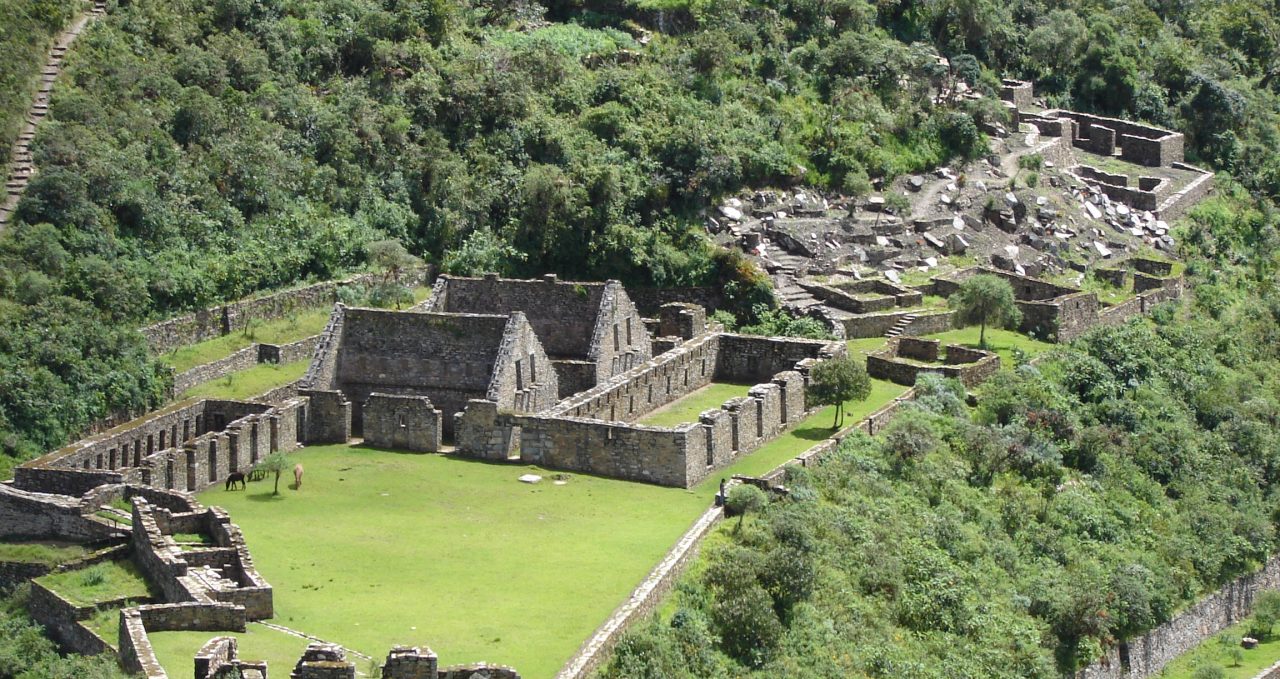
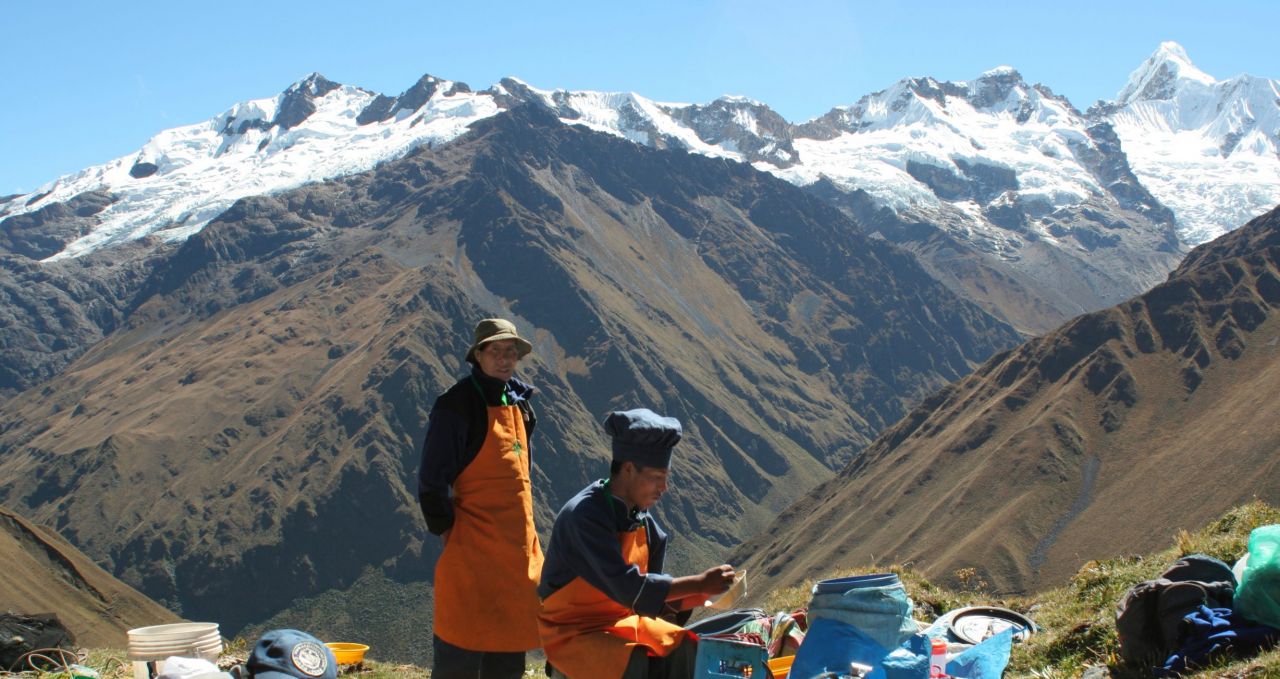
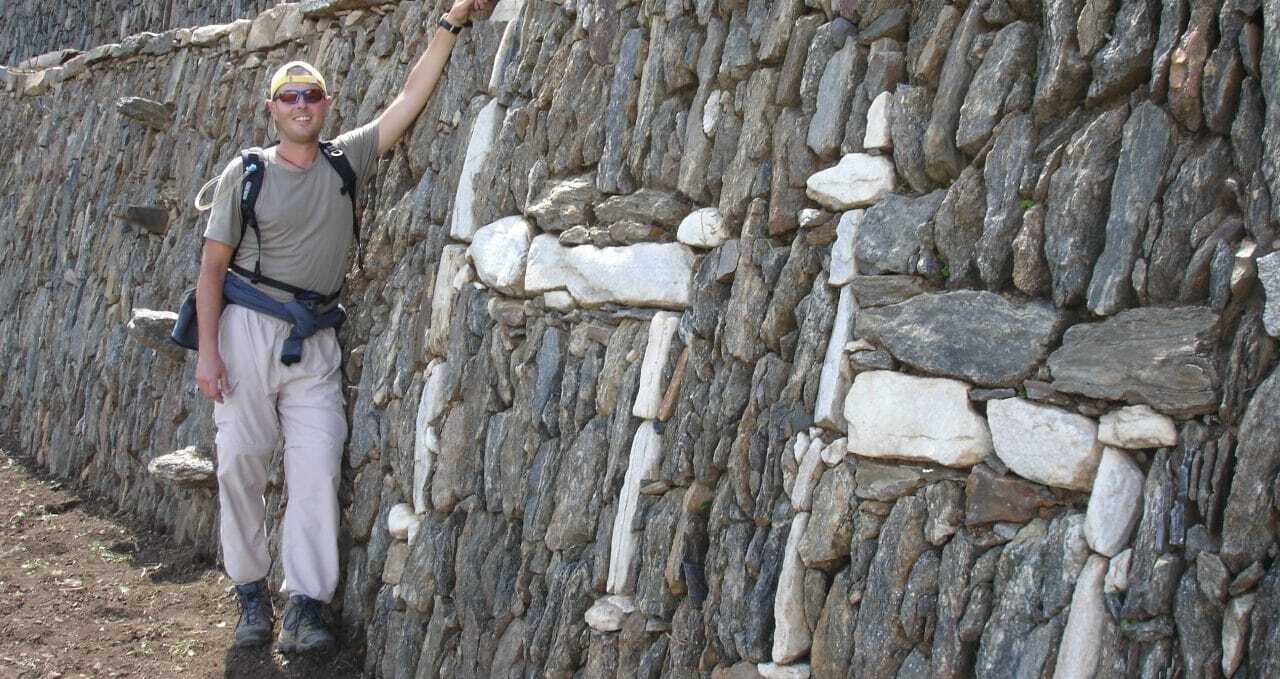

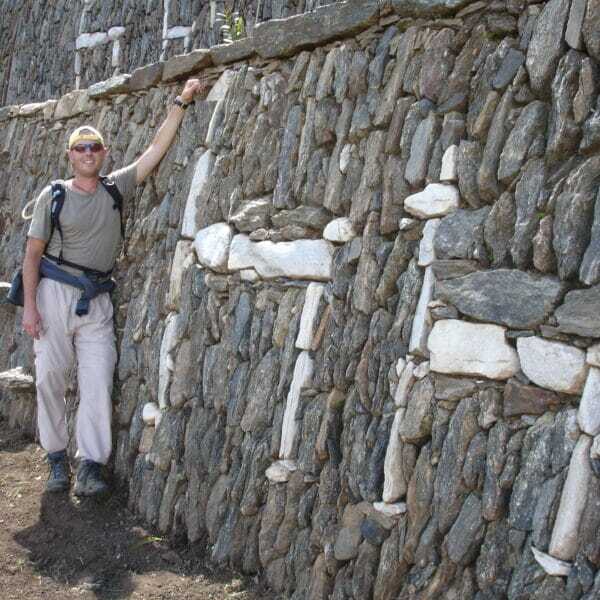
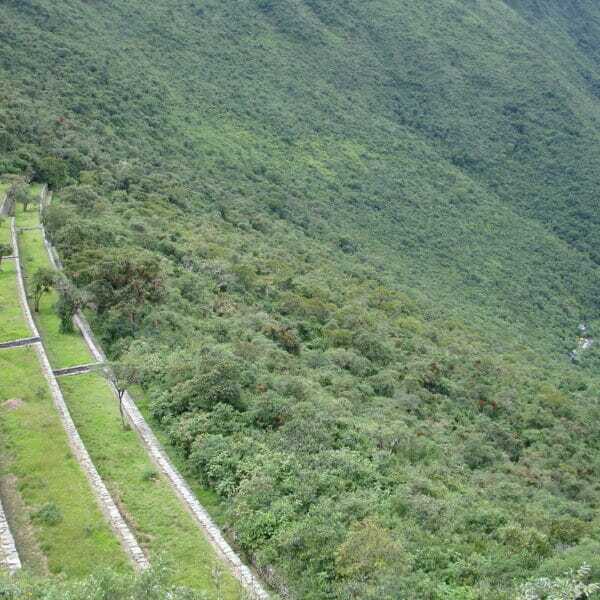
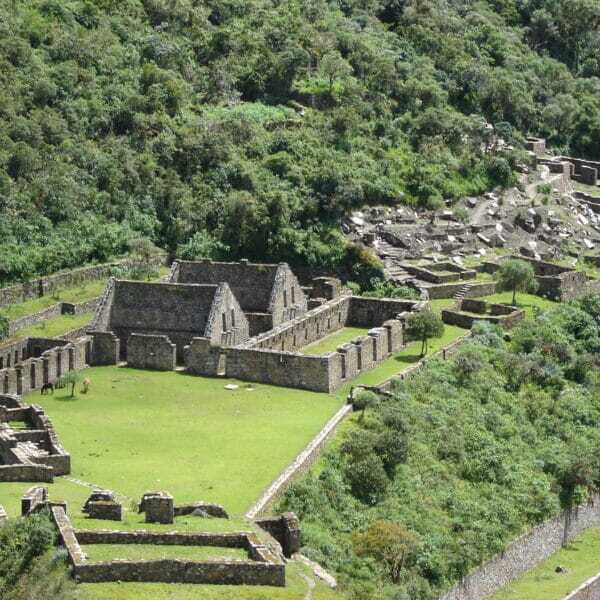
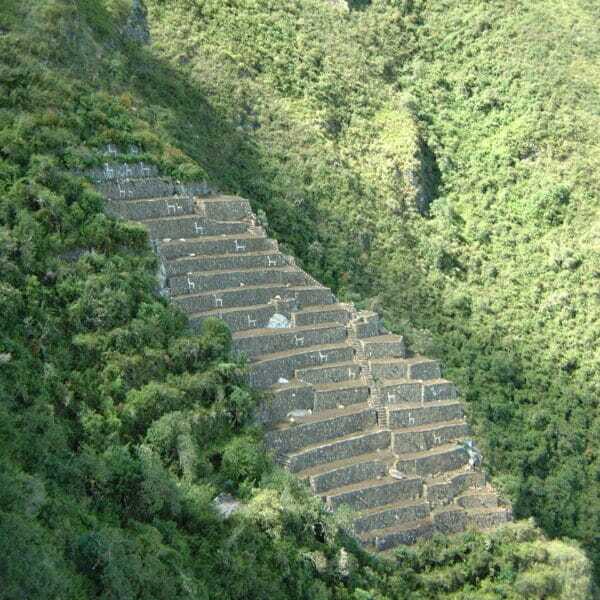
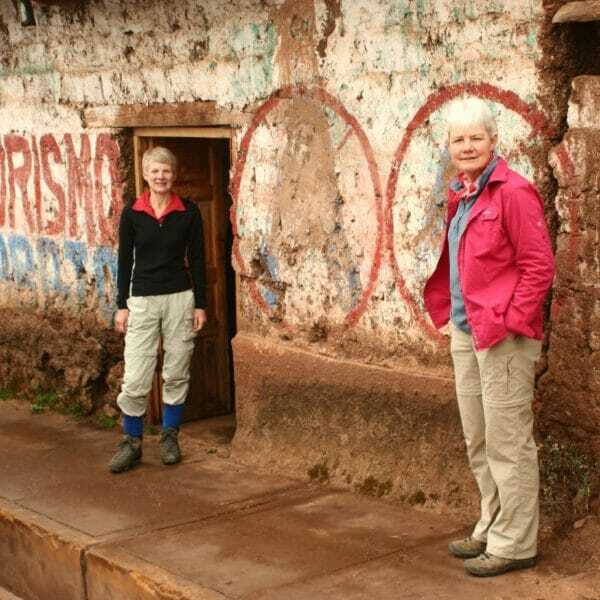
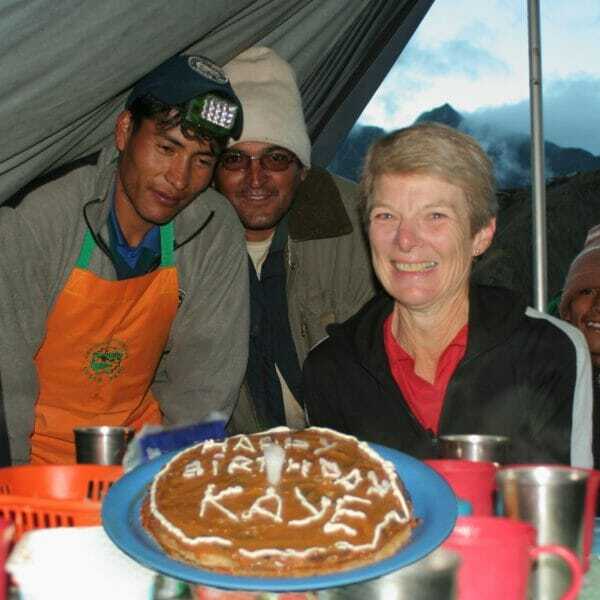
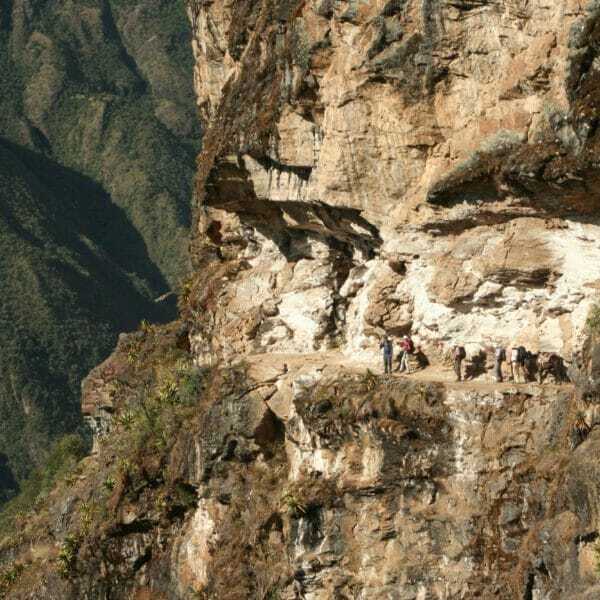

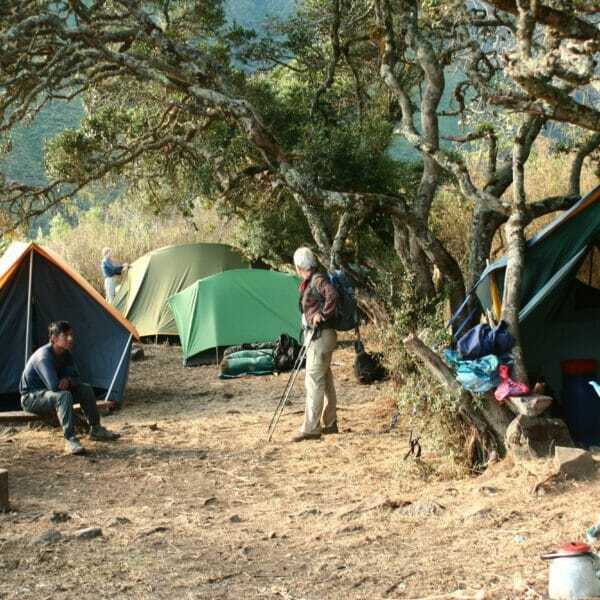
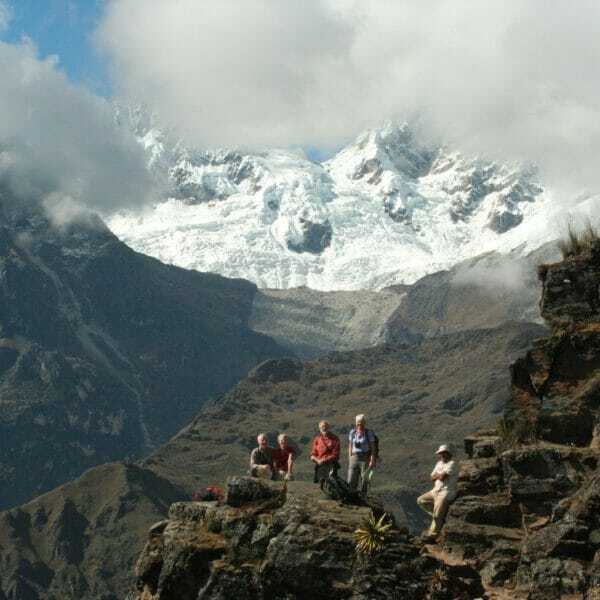
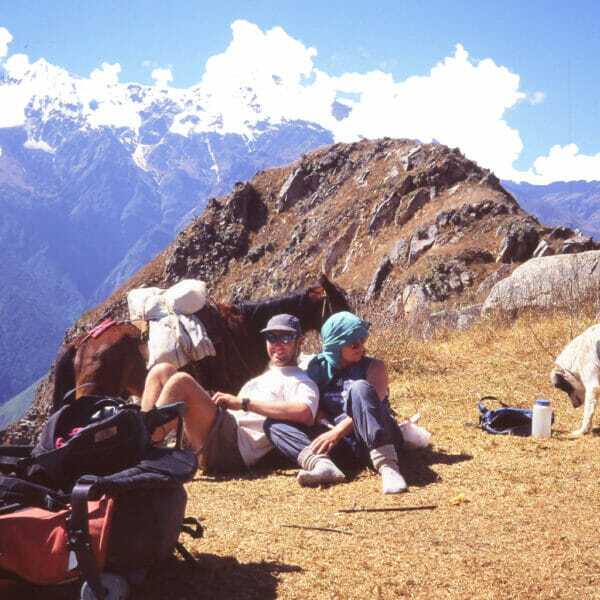
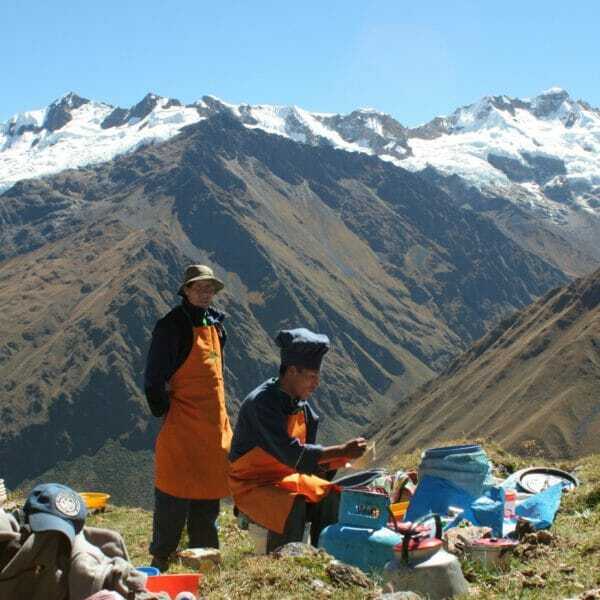
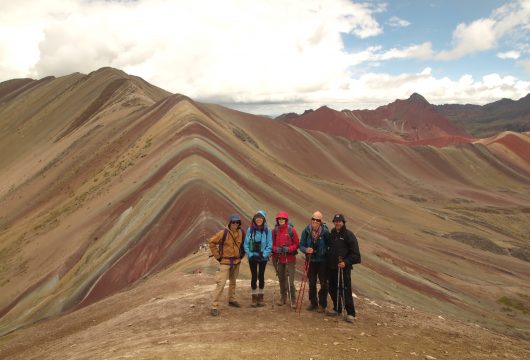
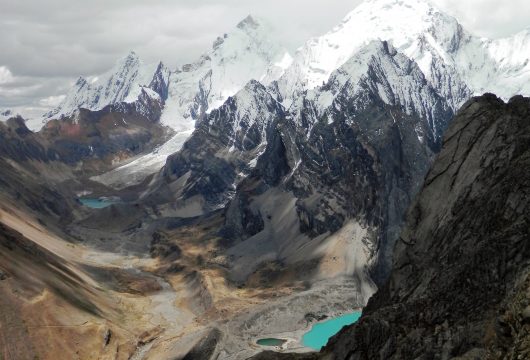
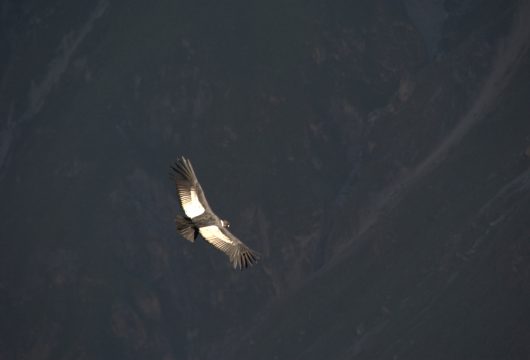
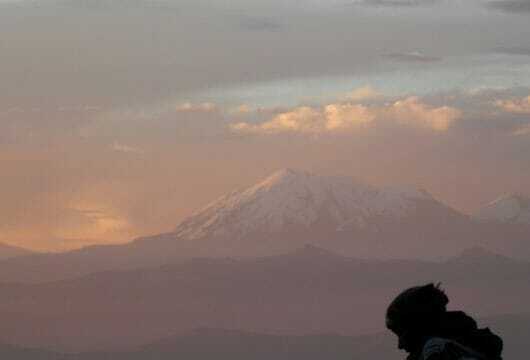
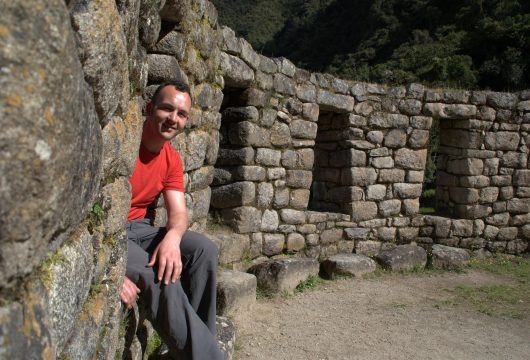
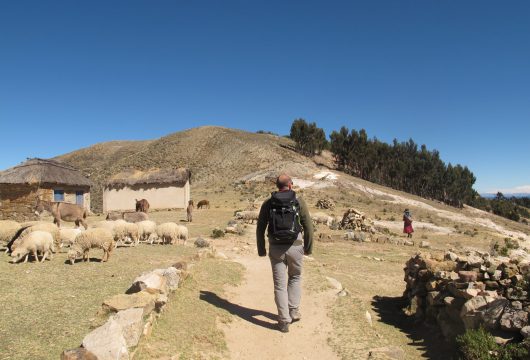
 a Tailor Made Tour
a Tailor Made Tour 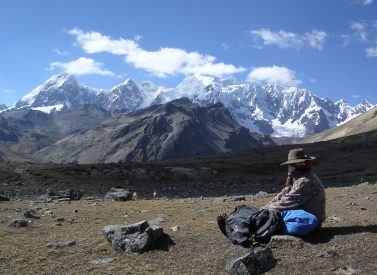
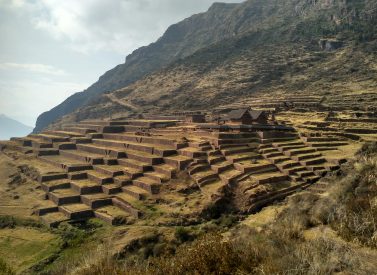
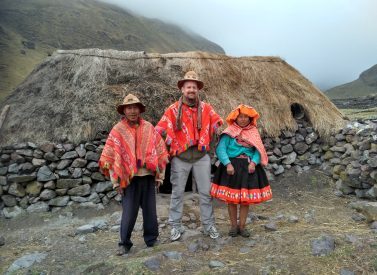
 a Group Tour
a Group Tour 